|
Had a customer with a squirrel in the attic. OK.,,,not that unusual. We get lots of squirrel in the attic calls, but this one was a little unusual. The squirrel had torn open the screen on one of the cable vents to get into the attic to make a nest. Again, nothing really unusual about squirrels tearing open the screens, even if this was three stories up! What was unusual was what was directly under the vent. Below the vent was a dense pile of grass and insulation. Remember, this is three stories in the air! Having seen similar nests before, I assumed that this was the work of European Starlings (Sturnus vulgaris), and sure enough, we witnessed one coming and going though the vent. They had made the nest and lined it with insulation, but there were not any eggs yet. We trapped the squirrel and released it on the wildlife preserve, and made sure the starling(s) were out of the building before starting exclusion. The old rusty screen wire that the squirrels had torn though was replaced with high quality black stainless steel screen wire, and a panel of heavy duty expanded metal fitted over the screen. If squirrels or starlings make it back into this attic, I am not sure where they will get in, but I can guarantee to won't go through this vent! These iridescent speckled birds are not well loved in the US, but are very highly thought of in parts of Europe. In the 1890s, a book club in New York noted that Central Park had all of the birds mentioned in Shakespeare's plays except starlings. They imported 100 starlings from Europe and the estimated 200+ million starlings currently in North America are all descended from those imported birds. Starlings are strong fliers that can reach speeds of up to 48 mph. Starlings are vocal mimics. They can learn the songs and sounds of a dozen or more different common birds. The oldest recorded starling was banded in Tennessee in 1958 and died in the same state just over 15 years later in 1972. Starlings are cavity nesters. If they nest in a woodpecker hole, or similar size cavity, the just build a simple nest. Bit if they choose a larger cavity, they try their best to fill it completely with dry grass, twigs, papers craps, etc. Here is a much bigger nest, also in an attic. I suppose that, given enough time, the starling's goal may be to fill the entire cavity (attic)!
We had a project with a local hospital a couple of years ago where the starlings had build a nest that occupied a hollow section of wall that was about four feet square, and reached from the third floor to the fourth floor. That nest was huge and we hauled approximately 10 trash bags of dry grass out of that wall. If you have a problem with starlings, or other nuisance birds, please contact Predator Impact. There is never a fee for initial consultations or inspections. Predator Impact, LLC Mark Runnels (918) 397-4091
0 Comments
Leave a Reply. |
AuthorMark Runnels is a professional engineer and owner of Predator Impact, LLC. Archives
May 2024
Categories |
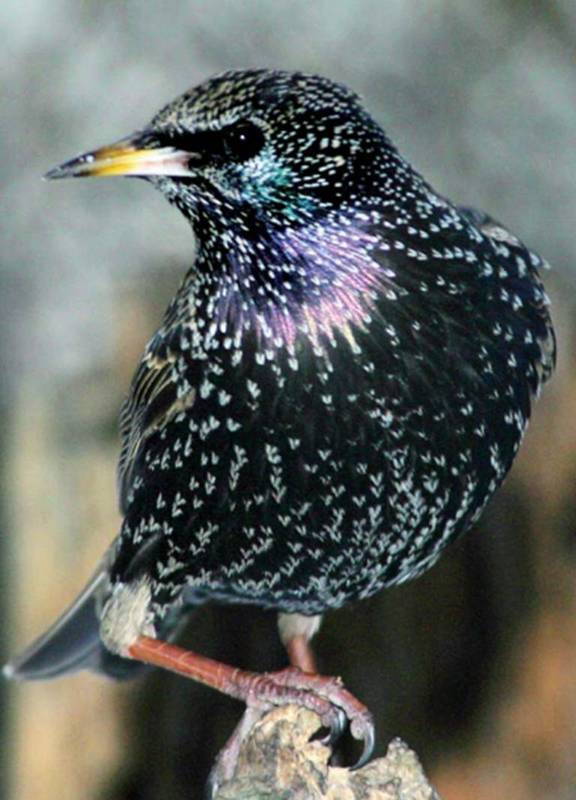
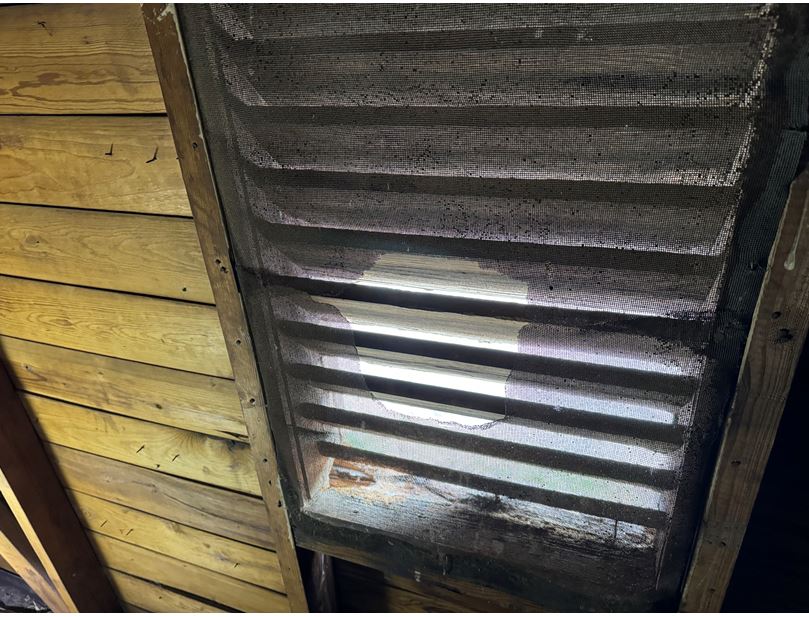
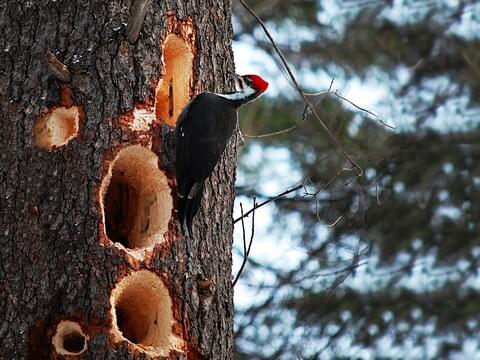
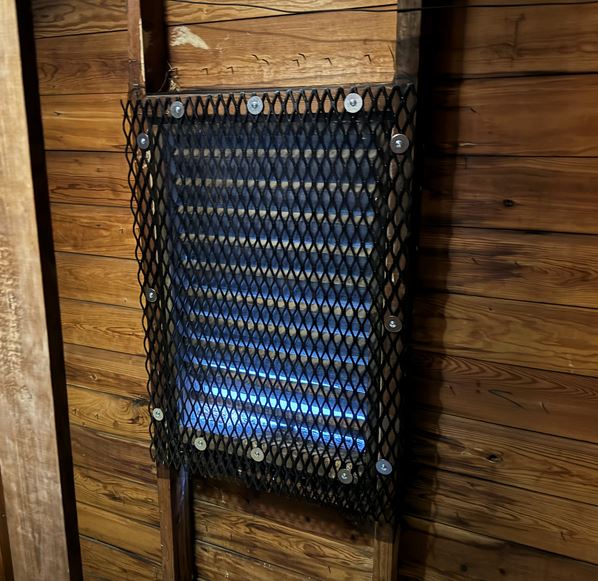
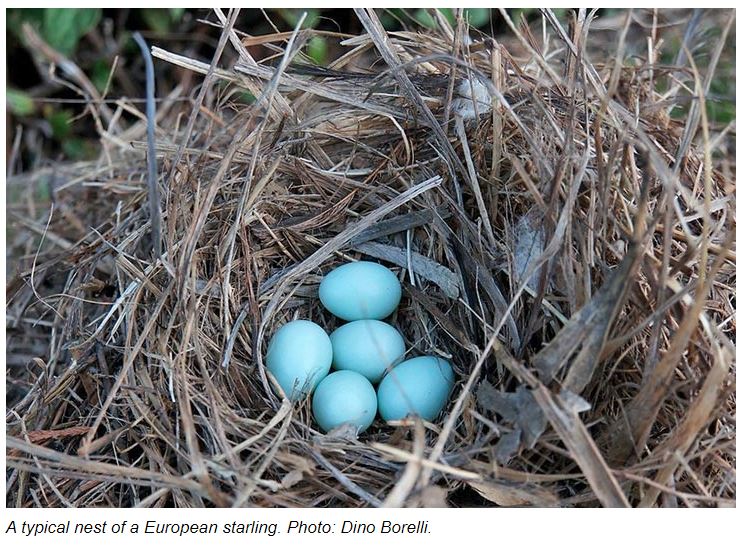
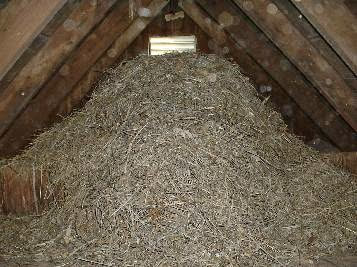
 RSS Feed
RSS Feed